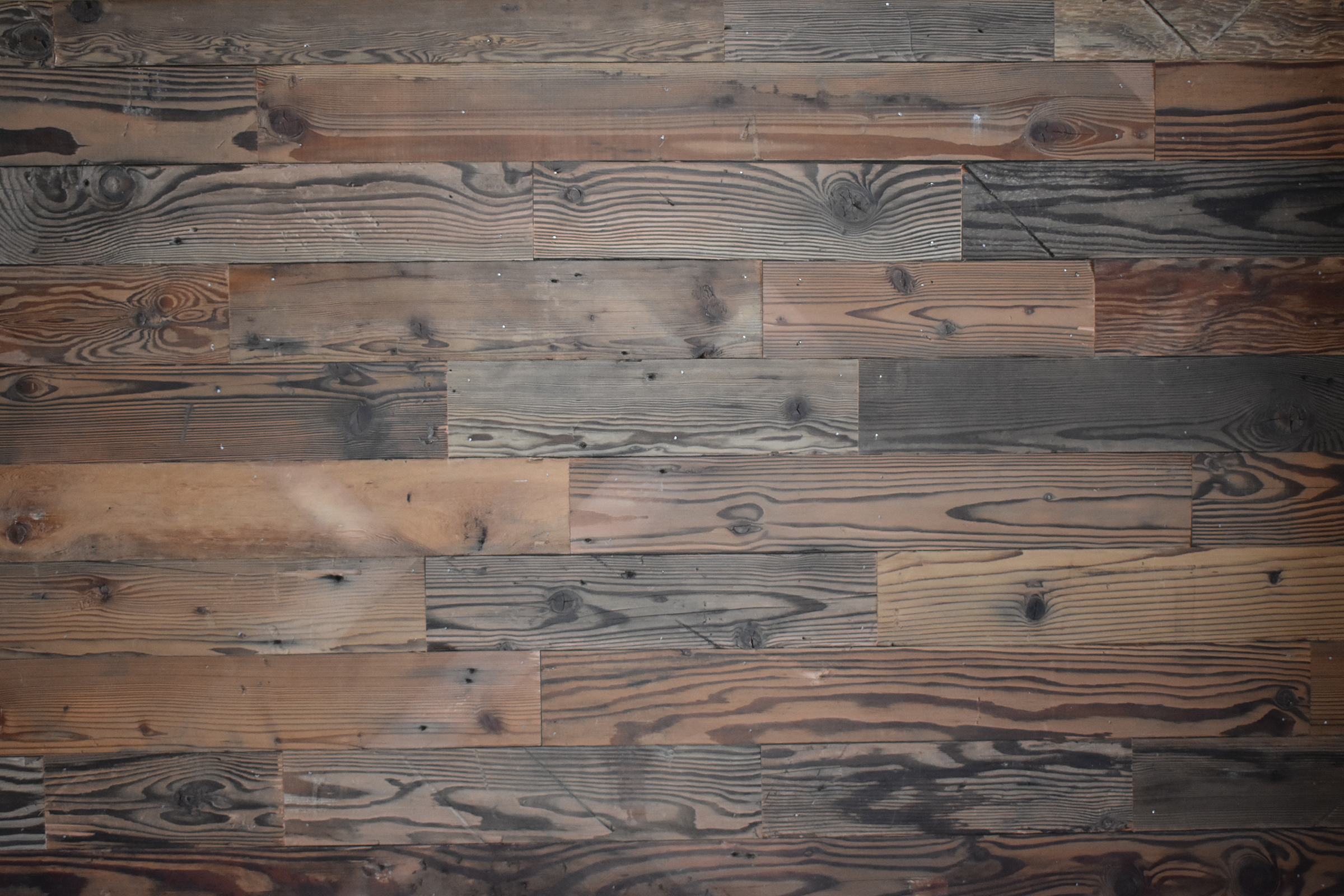
The word “Crossroads” has various associations for different people. We’ve gotten a few misled calls over the years because of this, and it is part of the reason why we chose a whole new name for our new yard, Pacific Northwest Timbers. But the name Crossroads has deeper meaning, and I would like to share how it came to be.
I mentioned in a previous post that my Dad has been salvaging wood since before I was born. For years he did business under the name Cedar Lumber, but that was along with other side projects. When I was 7 my folks decided to try something new, and we spent 18 months living in beautiful Bellingham, Washington. My mom found an old farmhouse on the corner of Bakerview and Hannegan; roads that lead from the county into Bellingham proper. The visible location was a great boon for business. My Dad bought a Wood-Mizer and invested in some salvage lumber, and he and a good friend (Brien Thomas of Mad Marmot Mills in Everson, WA) worked their butts off. The company was at a Crossroads, literally and figuratively.
My dad’s passion for Delta Blues music was also part of what made him amenable to the name “Crossroads” when my mom suggested it. In both African and European folk mythology, the Crossroads symbolize a place where the physical world and the spirit world overlap, and is a common theme in Blues music. The King of the Delta Blues Singers, Robert Johnson’s song “Crossroad Blues” is the most famous example. There’s some debate as to whether the song is about Johnson trying to hitch hike home at night, or selling his soul to become a guitar master, but it’s beautiful, soulful music.
The most profound meaning for me behind the name “Crossroads” has to do with the nature of our inventory. The reclaimed wood in our yard has come from dozens of sources: movie studios, military bases, railroad cars, even the ocean floor. And instead of being burned or left to deteriorate in a landfill, recycling has given the lumber new life. From our yard this material may live on for decades as posts and beams, flooring and paneling, or even set sail on the open sea as part of a boat. The lumber in our yard is at a Crossroads.









